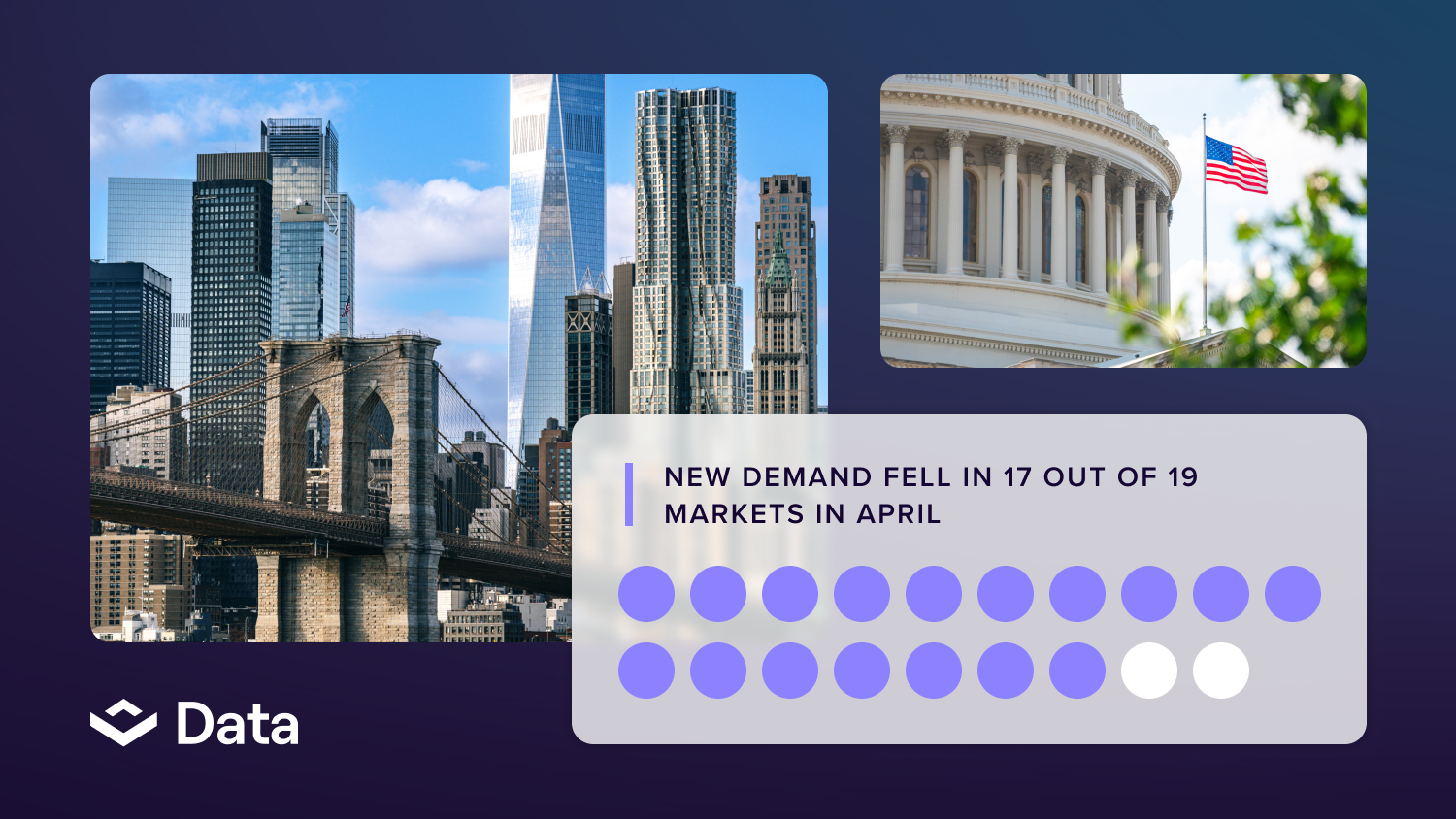As the commercial real estate (CRE) sector braces for a significant wave of loan maturities, stakeholders across the board are preparing for a shift towards more expensive borrowing and tighter credit conditions. According to research conducted by Trepp, $2.8 trillion in commercial real estate loans are set to mature between 2023 and 2027, marking a pivotal moment for the industry. Amidst this financial recalibration, the retail segment of the CRE market stands out, exhibiting resilience and adaptability that could offer a blueprint for navigating the uncertainties ahead.
Retail CRE: A Comparative Haven
The retail sector, comprising 8-10% of the overall loan volume due for renewal, translates to approximately $80 to $100 billion coming to term. Structural changes have benefited the retail sector during this cycle, with the segment less encumbered by underwater loan challenges than its counterparts.
The Looming Challenges
While the overall picture is rosy, it’s not all smooth sailing. Regional malls, in particular, have faced significant headwinds, dragging down payoff rates for the sector. In July 2023, year-to-date payoff rates for retail stood at 58%. Yet, a silver lining appears when malls are excluded from the equation, with the rate jumping to just over 90%. This gulf underscores the difference in retail asset performance, where traditional malls struggle, and open-air shopping centers thrive.
The broader economic landscape adds layers of complexity, with rising interest rates posing a hurdle for new borrowing. The tightening of credit is further compounded by a reduction in the number of active lenders, approximately one-third fewer in 2023 than the previous year. Consequently, mortgage loan originations for retail assets dropped by 42% through the third quarter of 2023, reflecting the constrained lending environment.
A Silver Lining
Despite these challenges, retail commercial real estate demonstrates remarkable durability overall. Its smaller share of the total outstanding loans, tight supply, and declining vacancy rates suggest a solid foundation that can weather potential storms. Even as consumer demand faces potential softening, the fundamentals of retail commercial real estate remain robust, buoyed by limited supply and a proactive approach to asset management.
Moreover, concerns about loan maturities are tempered by the historical context; delinquency rates for retail CRE loans are significantly lower than those witnessed during the global financial crisis. The overall health of the retail sector offers a reassuring perspective on its resilience and future prospects.
The Way Forward
For stakeholders in the retail CRE sector, the path forward requires a blend of vigilance, strategic planning, and adaptability. As loans approach maturity dates, active prospecting and tenant base expansion remain key. Identifying and engaging tenants actively seeking space becomes not just a survival strategy, but an opportunity for growth and revitalization. CRE at large is preparing for a period marked by loan maturities and tighter credit, but we find retail to be an outlier. Learn more about using VTS Retail Solutions to manage your retail assets, land the right tenants, and grow your most important relationships.






